Whether the signal of reducing deposit interest rates is really clear or not, we need more time to confirm. Currently, the trend of increasing interest rates is still overwhelming.
Behind the banks' reduction of deposit interest rates
Six commercial banks have reduced deposit interest rates since the beginning of December, including LPBank, VIB, IVB, ABBank, Kienlongbank and Bac A Bank.
However, only two of the above banks - LPBank and Kienlongbank - actually reduced interest rates; the rest either only reduced interest rates for short terms, or had already increased them very high before making a slight reduction after the State Bank on November 27 issued an official dispatch requesting credit institutions to maintain a stable and reasonable deposit interest rate level,...
Looking at the case of Indovina Bank Joint Venture ( IVB ), on December 1, this bank suddenly increased interest rates for deposits with terms from 1-36 months. In particular, the interest rate was up to 6.5%/year for deposits with terms of 24 months or more, the highest level according to public listing.
A week later, IVB reduced interest rates for 13-18 month terms from 6.3%/year to 6.05%/year, and for 24 month terms or more from 6.5%/year to 6.2%/year.
With the above method, although it has decreased, IVB is still one of the banks maintaining the highest listed interest rates in the market, for terms of 13 months or more.
Similarly, An Binh Commercial Joint Stock Bank ( ABBank ) after 3 consecutive increases in November, the highest mobilization interest rate at this bank is up to 6.3%/year for a 24-month term, 6.2%/year for a 15-18 month term.
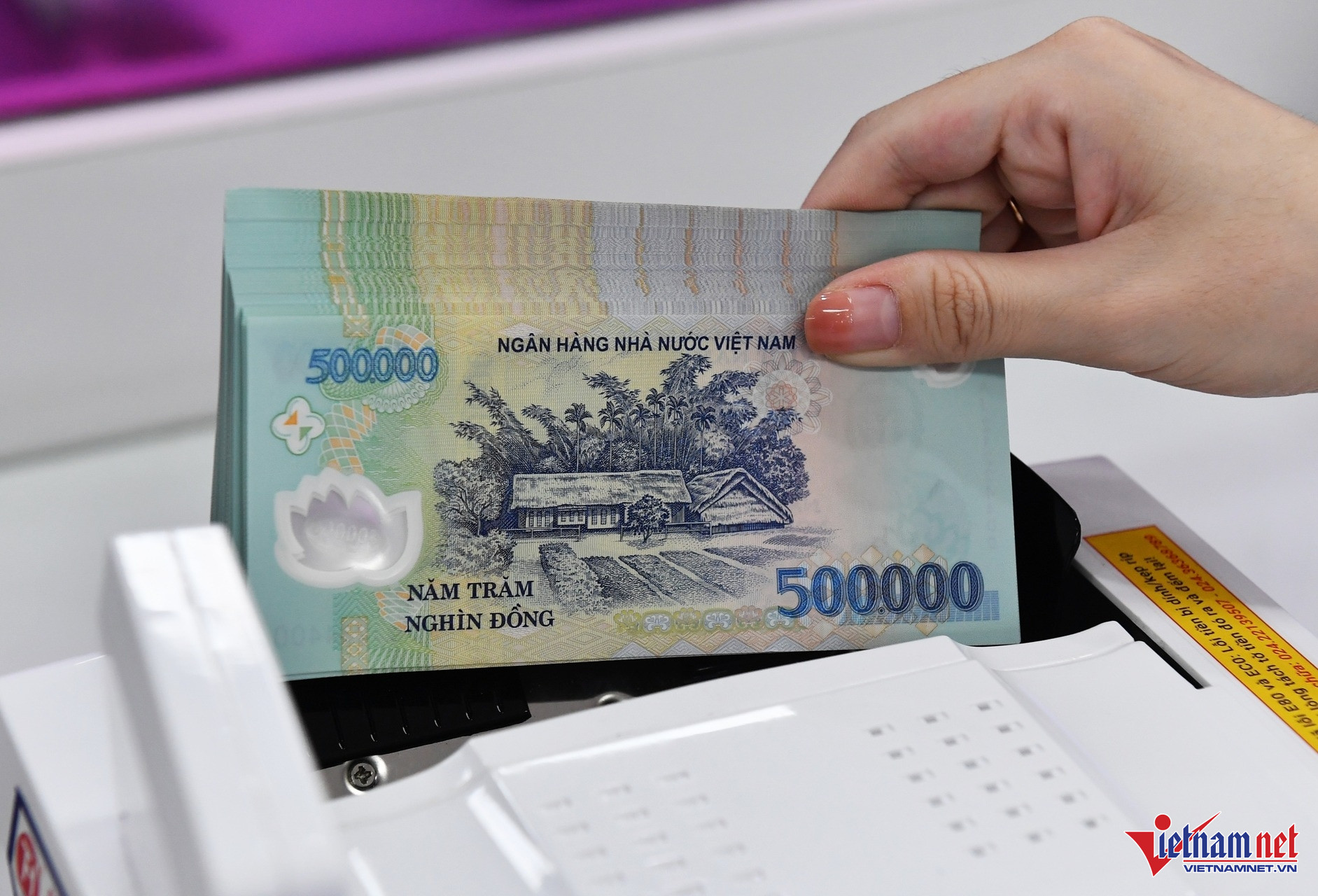
In early December, ABBank sharply reduced the deposit interest rates for these terms to the highest level of only 5.7%/year, but increased the deposit interest rates for 1 and 12-month terms. Not stopping there, ABBank has just increased the mobilization interest rates for a series of terms from 3-12 months with an increase of 0.2-0.25%/year, becoming the first bank to increase interest rates twice in December.
Bac A Commercial Joint Stock Bank ( Bac A Bank ) has reduced savings interest rates for terms from 1-36 months, but in October, this bank has twice increased interest rates for deposit terms from 1-36 months.
At one point, the highest interest rate at Bac A Bank was up to 6.15%/year for deposits under 1 billion VND with a term of 18-36 months, and up to 6.35%/year for deposit accounts of 1 billion VND or more.
Up to now, although it has decreased, the highest interest rate at Bac A Bank is still 5.95%/year if customers deposit less than 1 billion VND, 6.15%/year when depositing 1 billion VND or more - the interest rate is among the leading in the market.
The remaining bank, Loc Phat Vietnam Commercial Joint Stock Bank ( LPBank ), has recently reduced savings interest rates for terms from 1-11 months. This is LPBank's second interest rate reduction since the beginning of November, interspersed with an interest rate increase, but overall the reduction is still larger than the increase.
KienlongBank has just sharply reduced the interest rate for deposits with terms from 1-60 months by 0.4-0.6%/year - the most significant reduction after the bank increased the interest rate for terms from 1-6 months by 0.2%/year at the end of last month. This is also a rare bank with the least fluctuations in interest rates when it did not make any changes in 3 months, from August to October 2024.
Interest rate pressure on loans increases again?
However, the signal of reducing bank interest rates has become clearer as 6 banks have reduced deposit interest rates since the beginning of December.
On the contrary, 8 banks increased deposit interest rates during this period, including: Dong A Bank, VPBank, OCB, MSB, GPBank, TPBank, ABBank and IVB.
Speaking with VietNamNet, Dr. Le Xuan Nghia, member of the National Financial and Monetary Policy Advisory Council, said that the recent increase in deposit interest rates by some commercial banks will certainly cause lending interest rates to increase accordingly.
“This affects lending rates because it will increase input costs. Every time a bank increases deposit interest rates, it means their liquidity has problems,” said Dr. Le Xuan Nghia.
Mr. Nghia commented that it is possible that some banks have output so they need to mobilize a large amount of money, leading to an increase in mobilization interest rates. However, it is not excluded that there are banks with very large bad debts, requiring a large enough resource to compensate.
“In any case, it will lead to an increase in lending interest rates,” Dr. Le Xuan Nghia analyzed.
According to economist Dr. Vo Tri Thanh, in principle, interest rates are under a lot of pressure; many factors can affect interest rates. He gave the example of the possibility of monetary easing in developed countries, especially when newly elected US President Donald Trump wants the USD to gain a position, so the value of the greenback will increase.
Dr. Vo Tri Thanh commented that interest rates for deposits and loans will increase “a little” in the short term according to the business cycle, especially in the context of some banks’ poor liquidity, and long-term investments of enterprises still mainly rely on bank loans. However, this expert said that in the long term, interest rates will decrease.
“Interest rates are forecast to decrease, but the rate of decrease will not be as expected. The world economy next year is forecast to be difficult; countries that are economic partners of Vietnam are no exception, so they must also reduce interest rates to support the economy. The problem is how the State Bank can balance targets such as exchange rates, inflation, etc.,” he raised the issue.
Economist, Associate Professor, Dr. Dinh Trong Thinh believes that banks will have to “hold back” interest rates, both on deposits and on loans, in the short term. In fact, lending rates have decreased significantly in 2024, which is a great effort by banks that needs to be recognized.
Currently, lending interest rates must be reduced in a number of priority areas such as agriculture, forestry and fishery, high technology, etc., especially preferential credit packages such as loans for social housing projects, for the export of agriculture, forestry and fishery products, or the credit package for 1 million hectares of high-quality, low-emission rice in the Mekong Delta.
“These are the areas where banks have to lower lending rates, while it is difficult to offer preferential interest rates in other areas when they themselves have to increase deposit interest rates to attract capital. We cannot keep interest rates low forever, but we will try to keep them low as long as possible,” Associate Professor, Dr. Dinh Trong Thinh noted.
Source: https://vietnamnet.vn/giam-lai-suat-moi-2-ngan-hang-giam-that-nhieu-nha-bang-tang-vot-roi-giam-nhe-2350620.html






















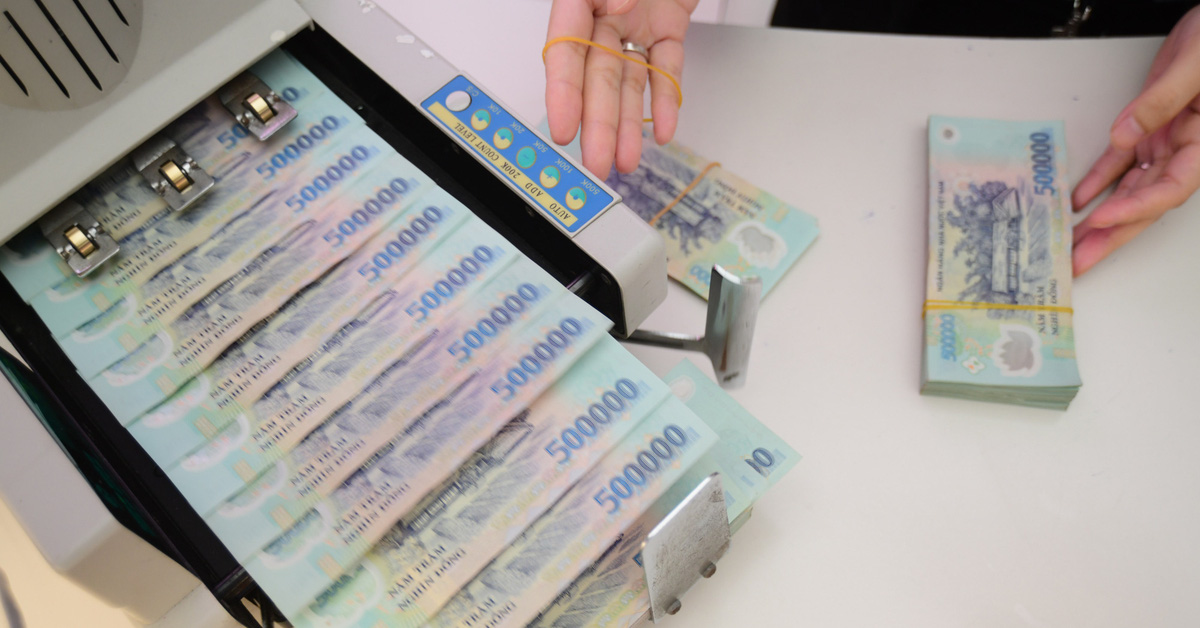


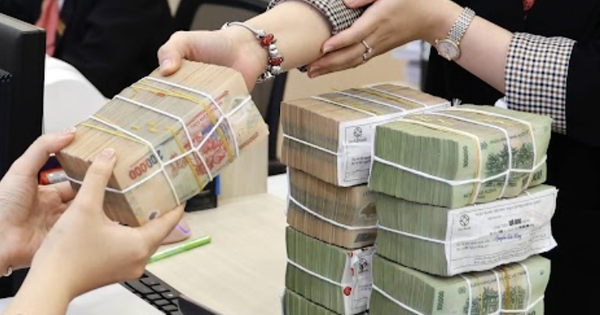

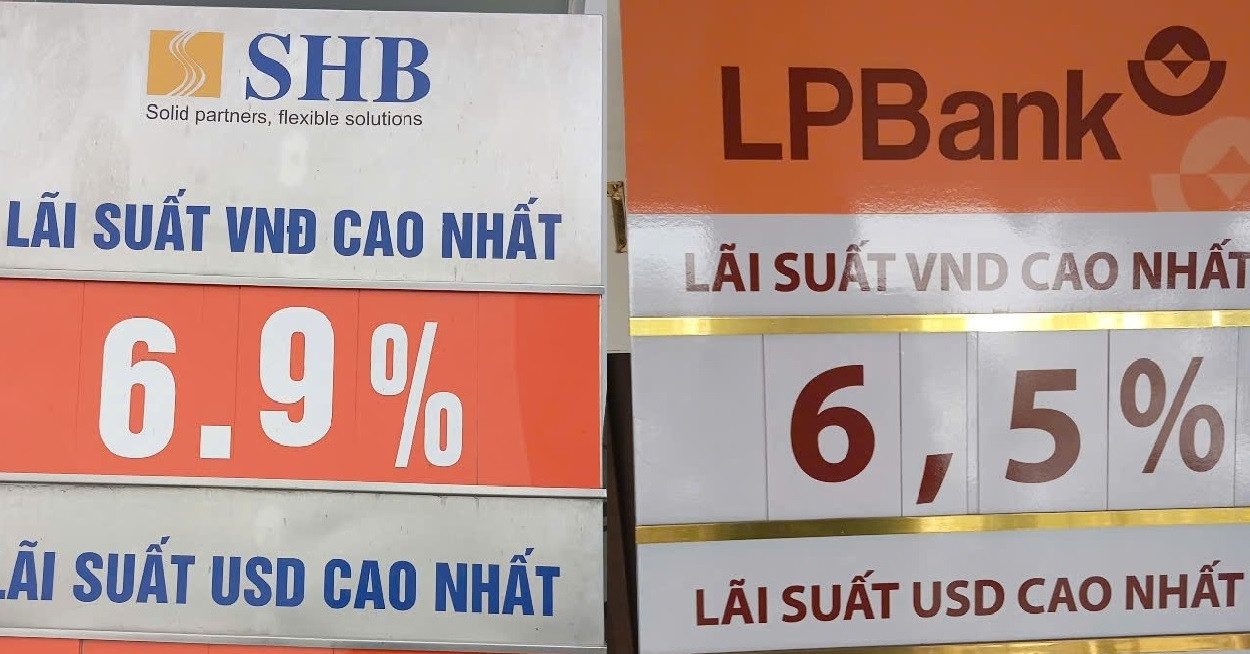





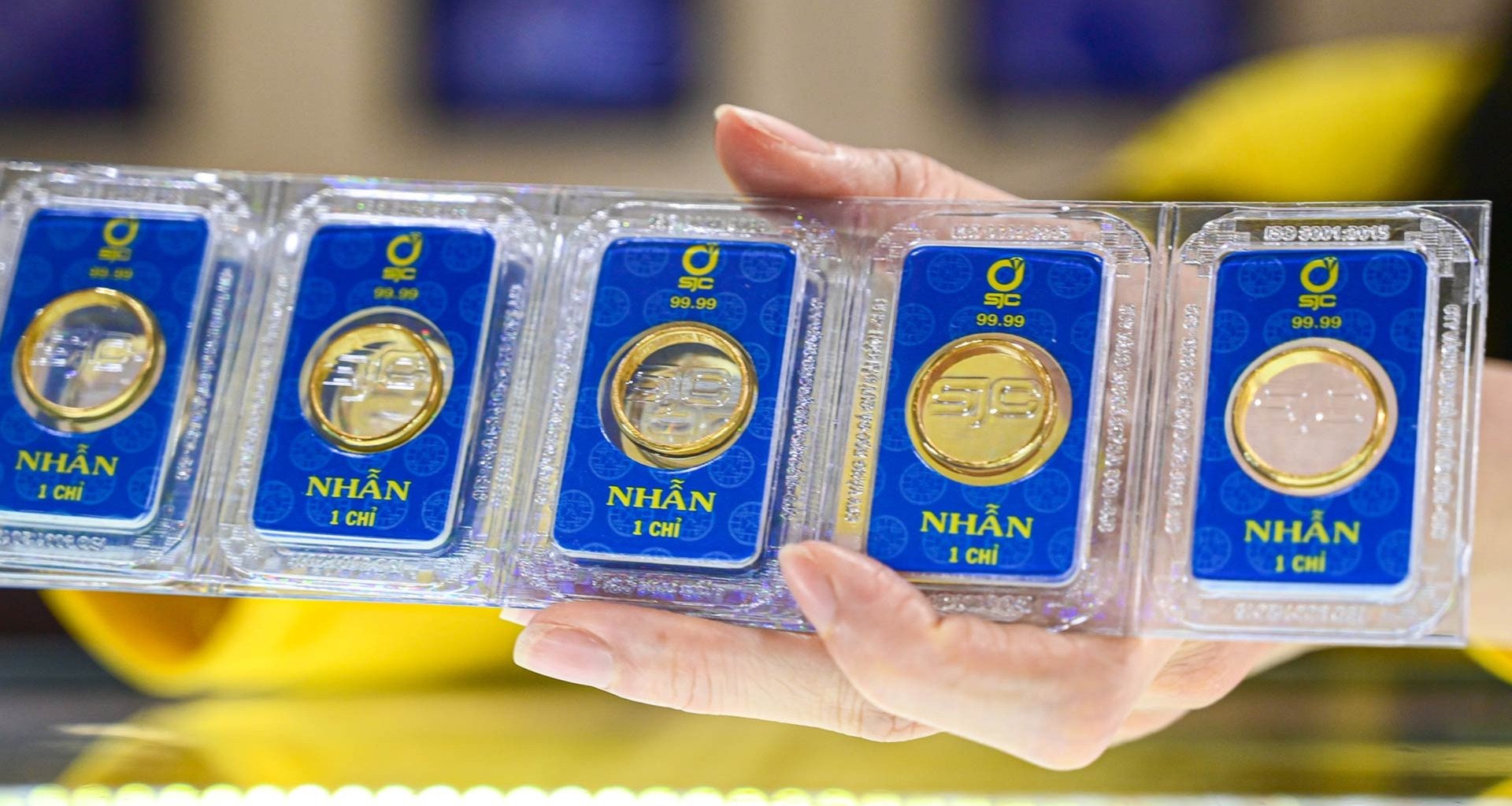


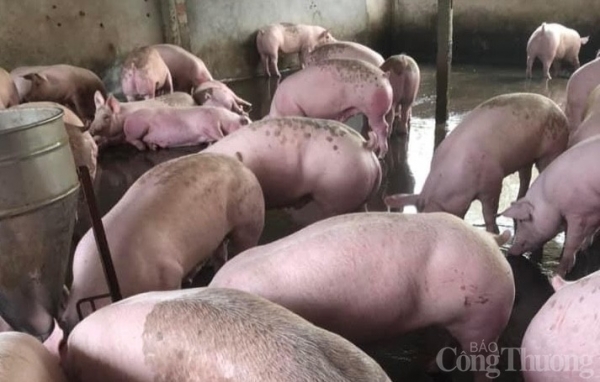



















Comment (0)